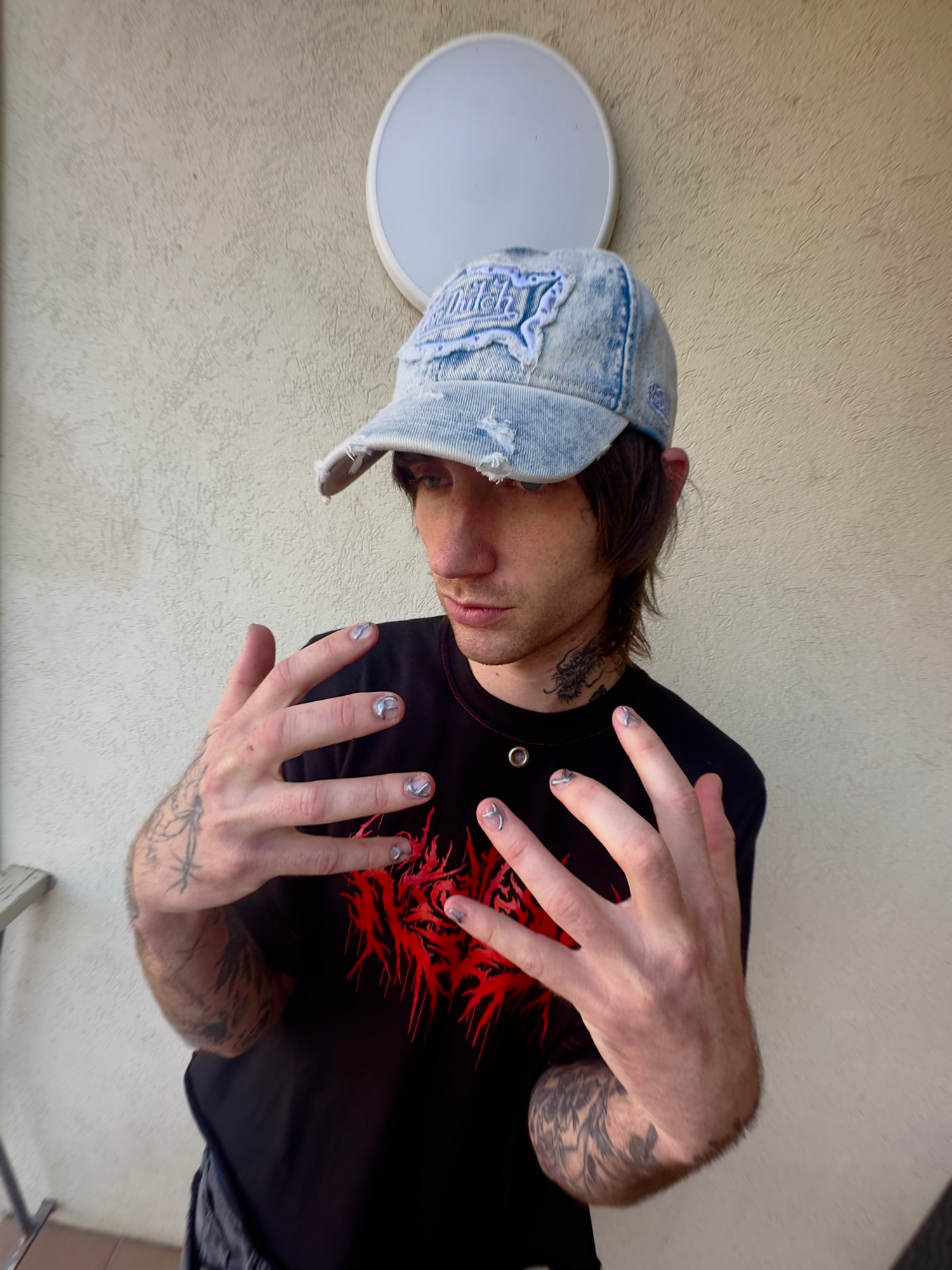The Dark Side of Fashion's Digital Frontier: How to Spot the Red Flags of Online Shopping
Social media continues to dominate the way we do everything in our lives, including the way we shop. The accessibility to quick and easy marketing has made discovering underground brands and the hottest trends easier than ever. But this doesn't come without its costs. Countless fashion heads are falling prey to what we dub "The TEMU Effect". A phenomenon where consumers expectations are constantly shattered by harsh realities.
"Buying gear online has become an absolute minefield" says Guchy, founder of Australian streetwear brand KIDVEAN. "The situation is only getting worse with new victims getting burnt every day by cheap polyester knockoffs with non-existent customer service. Returns policies have become extinct."
These issues have become so prevalent, we have done the work for you to identify the three key red flags to look out for before slamming down your credit card.
-
🚩 RETURNS POLICY 🚩
Before even adding something to your cart, the returns policy should be your first stop when landing on a new website. Do they accept returns? On faulty products only? What about a change of mind? Do they issue refunds, or only exchanges/credits?
-
🚩PRODUCT SHOTS 🚩
Let's talk about the elephant in the room: AI. Everyone is entitled to their opinion about AI and the use of image generating software. But what we do not like to see are companies using AI generated imagery for their product photos and item listings. This is a trend that continues to spread across every industry and streetwear is no exception. But the fact remains, people want to see what it is they are buying, not what ChatGPT thinks it looks like based on a prompt.
-
🚩 SHIPPING + HANDLING 🚩
Just because a brand boasts "Australian-based", it doesn't always guarantee Australian-based stock. Many businesses operate under sophisticated drop-shipping operations from overseas. Another popular business model is the pre-sale where brands will list and sell their products before they are made. This global chain of fulfilment has your order changing hands two, three, even four times on its pilgrimage to your resulting in shipping and handling times stretching over weeks, or even months.
-
✅
A brand's returns policy is a direct reflection of their confidence in product. If the brand isn't confident in their quality, why the hell would you be? Trustworthy brands stand behind their products. Period.
-
✅
Take a good look at the photos shown in the product listing. Do they look real? Have they been heavily photoshopped? How much detail can you see in the photos? Just like the returns policy, brand confidence is key. You want to be able to see the stitching, texture and print quality of a real physical product so you know exactly what you are buying. And again, if the brand can't show you that... why?
-
✅
Check the description of the product you are purchasing for key words like pre-sale, made-to-order or any other details relating to shipping times. Most business should also have a "shipping" page on their website that should detail the expected time between placing the order and getting it in hand.

"There isn't anything inherently wrong with drop-shipping or any other business model out there. Everyone is just trying to get to their bag, and who am I to tell them how to do it?" Guchy notes, "but transparency is non-negotiable. The end consumer deserves to know exactly what they are buying into, before they check out."
As we continue to navigate the continuous advances of tech, one thing is clearer than ever: knowledge is power. It is important to remember, for every deceptive digital storefront, there is three other brands working hard at restoring confidence and transparency to the customer-brand relationship.
Customers are calling for a new wave of customer-centred transparency, and industry players are responding. Among them, Australian brand KIDVEAN is rewriting the rulebook, championing radical transparency and building a community-driven brand.



